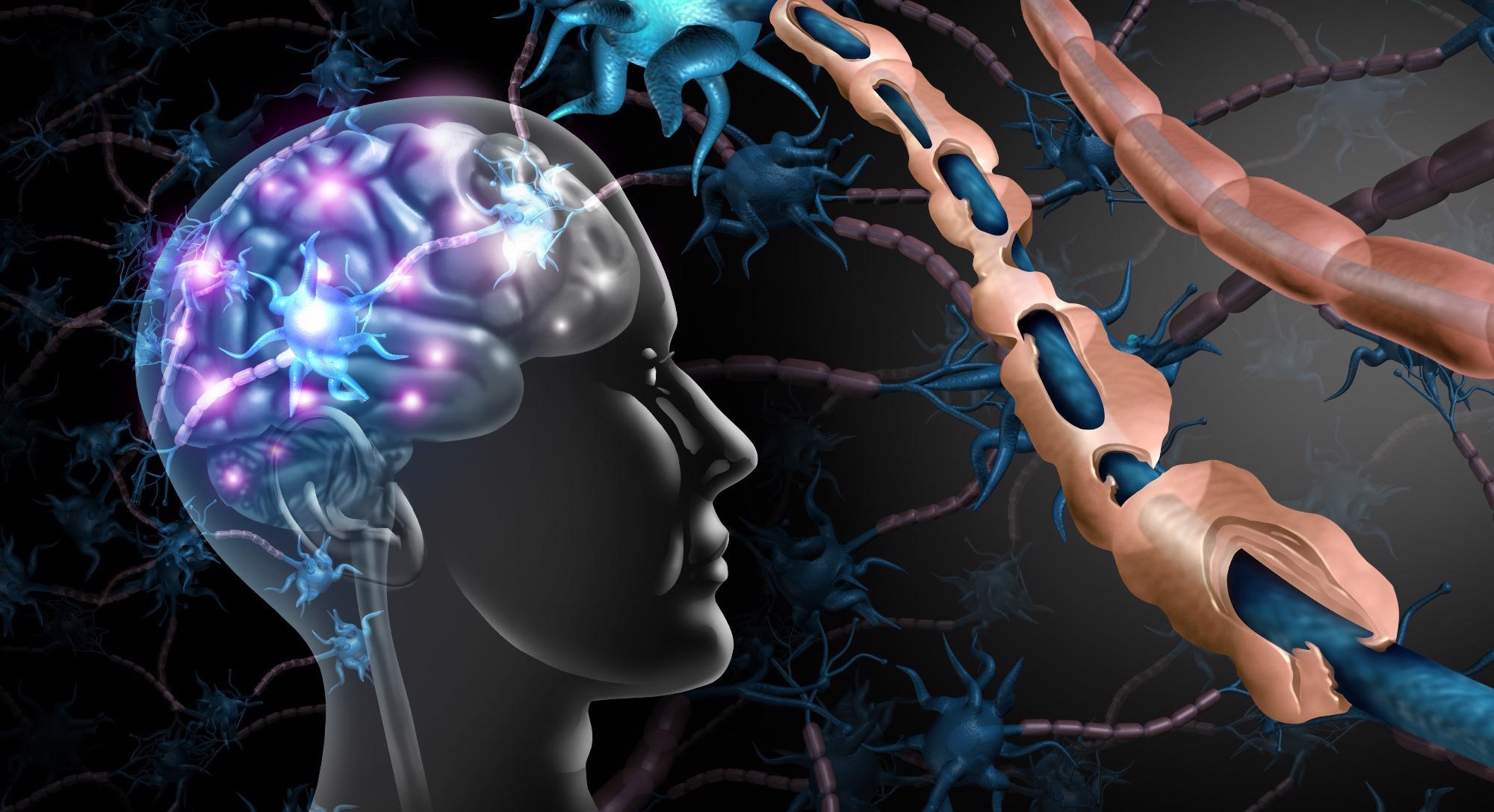
Image Credit: Shutterstock.com / Lightspring
A wearable sensor is a wireless, close-contact device that records data from the surrounding environment. Examples include activity trackers, biometrics and environmental sensors that can be used to record data from your skin. Data on temperature, heart rate and skin conductivity can all be collected via these devices and used to provide valuable information to users or healthcare professionals.
Certain sensors can collect data such as temperature, pressure, distance, heart rate, etc. This data is then used to alert you to specific problems like soreness in your muscles, an injury you have picked up, or even to provide controlled medicine dosages. Many smartwatches and mobile devices may also contain sensors.
What is Multiple Sclerosis?
Multiple sclerosis is a chronic disease that affects the nervous system. As MS is a neurodegenerative condition, it can affect multiple body systems. The key symptoms of MS include pain, fatigue, cognitive difficulties and problems walking. MS is characterized by chronic inflammation and compromised tissue along the central nervous system (CNS). The symptoms of MS can also vary between individuals.
New Research in BMC Neurology on How Sensors Can Help
A recent study published in the BMC Neurology journal highlighted how inertial sensors can help in the early detection of MS. There are three types of inertial sensors: accelerometers, gyroscopes and altimeters. Each is used to measure three different quantities: acceleration, angular velocity and distance from the sensor.
Each has a specific application and it is beneficial to discuss these sensors by relating them to everyday use cases. Accelerometers are used in many devices that are used to track location, such as smartphones and GPS devices. Gyroscopes help orient the position of a device or barometer to Earth's coordinate system. Altimeters measure altitude (although not all altimeters are used for this purpose).
Essentially, these devices can detect 'gait disorders', which are a sign of MS. A gait disorder is characterized by abnormal walking gait patterns (also known as abnormal gait). These abnormal patterns can be caused by many physical, neurological, psychological and environmental factors. Common risk factors include slow or difficult walking strength, restricted range of motion in the ankles or hips, a history of chronic conditions affecting the legs or an increased risk of falls due to a flawed gaiting system.
The study conducted automated gait analysis on 88 MS patients as well as 31 patients that were healthy. The study then measured a number of gait parameters such as walking speed, stride length, stride duration, duration of stance and swing phase and minimal toe-to-floor distance. The patients then used the wearable sensors for a 6-minute walk. They found that there were significant differences in the average gait between healthy participants and MS patients.
MS can be very challenging to live with, however, with early treatment it is possible to improve overall well-being and health by reducing the buildup of damage that cannot be reversed. So, the ability to use sensors to detect MS symptoms, as demonstrated in this study, is excellent news for public health.
References
- https://bmcneurol.biomedcentral.com/articles/10.1186/s12883-021-02361-y
- https://www.pacificneuroscienceinstitute.org/movement-disorders/conditions/gait-disorders/
- https://www.mssociety.org.uk/about-ms/treatments-and-therapies/disease-modifying-therapies/early-treatment
Disclaimer: The views expressed here are those of the author expressed in their private capacity and do not necessarily represent the views of AZoM.com Limited T/A AZoNetwork the owner and operator of this website. This disclaimer forms part of the Terms and conditions of use of this website.